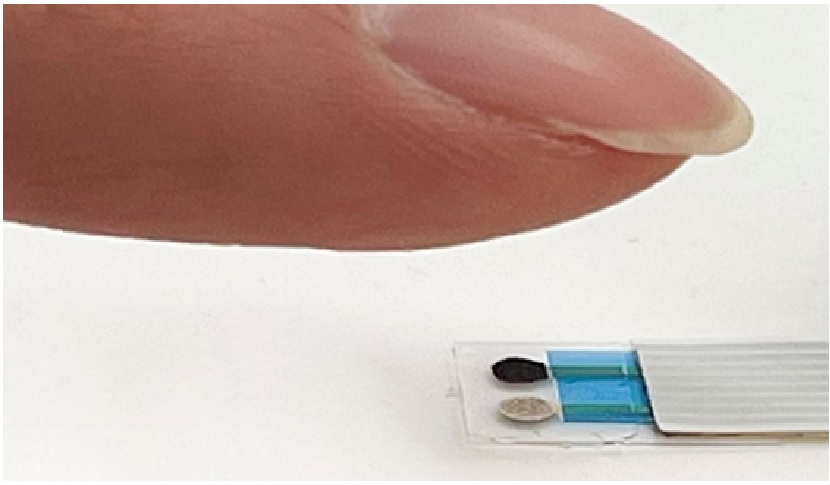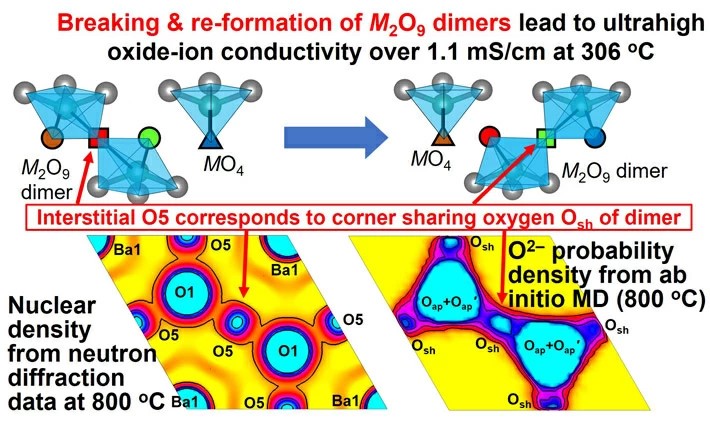Immersive VR Sensations Without Changing Skin Temperature
In the ever-evolving world of virtual reality (VR), researchers at the University of Tsukuba have made a significant breakthrough that could transform our virtual experiences. By addressing the challenge of temperature acclimatization, where our ability to sense temperature changes in a virtual environment diminishes with repeated exposure, they've developed a non-contact technology that simulates cold sensations without altering skin temperature. This innovative approach leverages the human body's natural sensitivity to rapid temperature changes, providing a novel perspective on simulating skin sensations without changing our physical state.

Figure 1. Virtual Reality.
The Role of Skin Sensations
Figure 1 is an illustration of virtual reality. Our skin plays a pivotal role in how we perceive temperature and our surroundings. For example, we feel the chill of the outdoors when our cheeks turn cold, and we sense the arrival of spring as our skin gradually warms up. However, when exposed to the same stimuli repeatedly, our bodies become accustomed to them, making it challenging to perceive new sensations. This phenomenon, known as "temperature acclimatization," can interfere with our ability to gauge temperature changes when transitioning between scenes in a VR environment.
The Technology
The research team at the University of Tsukuba has developed a technology that can simulate a cold sensation without physically altering skin temperature. This method maintains nearly constant skin temperature while continually generating thermal experiences. The technology achieves this by using a combination of cold airflow and a light source to instantaneously switch between a quick cold and a gentle warm stimulus, inducing a cold sensation without causing significant skin temperature fluctuations.
Key Findings
The evaluation results of this innovative technology have been promising. It can provide a virtual cold sensation without any actual change in temperature, replicating a cold sensation of the same intensity as one would experience with continuous skin temperature changes. This opens up exciting possibilities for immersive VR experiences.
Implications for Virtual Reality
This technology offers a new perspective on simulating skin sensations in the VR world. It has the potential to revolutionize the way we experience virtual environments, including the emerging concept of the Metaverse. This technology can provide not only instantaneous thermal sensations like a sudden cold breeze but also persistent thermal experiences over extended periods, similar to what we might encounter during international travel.
The University of Tsukuba's research represents a significant step forward in enhancing the immersive quality of virtual reality experiences. By addressing the challenges of temperature acclimatization and enabling the simulation of cold sensations without altering our physical state, this technology paves the way for more lifelike and engaging virtual experiences. As VR continues to evolve, this could play a vital role in creating richer, more realistic virtual worlds that blur the line between the digital and physical realms.
Source: University of Tsukuba
Cite this article:
Hana M (2023), Immersive VR Sensations Without Changing Skin Temperature, AnaTechMaz, pp. 290















